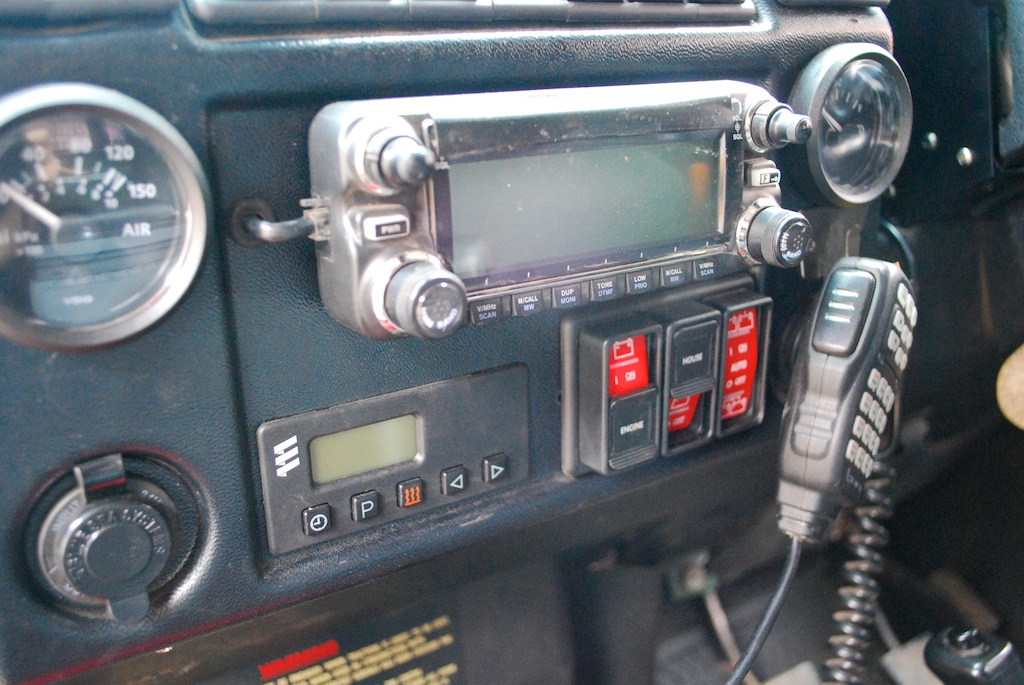The Icom IC-2820 and APRS

I’m happy that I’ve managed to get my Icom IC-2820 radio and Kenwood RC-D710 TNC/data terminal to work together so I can now use the “left side” of the 2820 for APRS on 144.39 MHz and use the “right side” for D-STAR and conventional voice communications. This configuration passes GPS data from the GPS in the IC-2820 to the RC-D710 which in turn sends back APRS data which is transmitted by the 2820. I’ve also upgraded the GPS antenna to a waterproof active antenna from Gilsson (#MCX180) which has a straight through MCX connector and fits, with a little trimming.
To do this, you’ll need the following (if you’re not making your own cables):
- Icom IC-2820 D-STAR radio
- Kenwood RC-D710 TNC/data terminal/control panel
- Kenwood PG-5J interface kit for RC-D710
- Kenwood PG-5G programming cable (to connect to a PC running Windows)
- Kenwood MCP-2A, “Memory Control Program” software (a free download)
- A PC running Windows for the MCP-2A software
- 6-pin mini-DIN cable that comes with the PG-5J
- A data cable with 2 mini-stereo jack plugs (the RC-D710 came with such a cable, but with only one jack plug)
After the usual preparation (checking items, installing powerpole connectors on the power cable, etc.) I powered off the radio and TNC, and connected the 6-pin mini-DIN cable from the main unit of the 2820 to the “data” socket on the PG-5J interface unit. I then connected the RJ-45 cable between the PG-5J and the RC-D710 panel. Finally, I had to connect the mini-stereo jack cable from the RC-D710 panel to the main unit of the 2820. I assumed that there would be a mini-jack at each end of the cable, but, no! Fortunately, I had two of these cables and I chose to connect them together. It’s a very small cable, with what seems like 3 strands of very thin copper in 3 cores (it’s a stereo cable). My soldering ability wasn’t up to the job, so I gave up and used a terminal block, which works nicely for testing (I’ve ordered a 10ft ready-made cable from Monoprice).
Next, I connected the RC-D710 to my PC and upgraded the firmware (it was v1.x and v2.01 is current), and then used the MCP-2A software to read the default config. This software is the only way to change the configuration elements on the RC-D710. I upped the levels as described in this article, viewed the other configuration items and set my callsign info, as well as some custom messages, setup smartbeaconing, etc. and on the IC-2820 I made sure in the data function that “G-D” was on (this sends GPS data via the stereo data cable to the D710), and in the menus (GPS sentence) I set RMA and GGA to on. In the packet menu, I set the packet operation band to “left” so the APRS data will only transmit on the band I have set to 144.39 MHz.
I feel I’ve only just scratched the surface, and will experiment a little more to optimise the configuration, but my first impression is that this will prove to be a great setup.